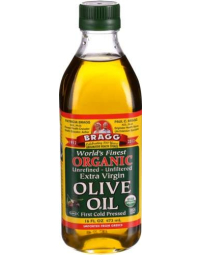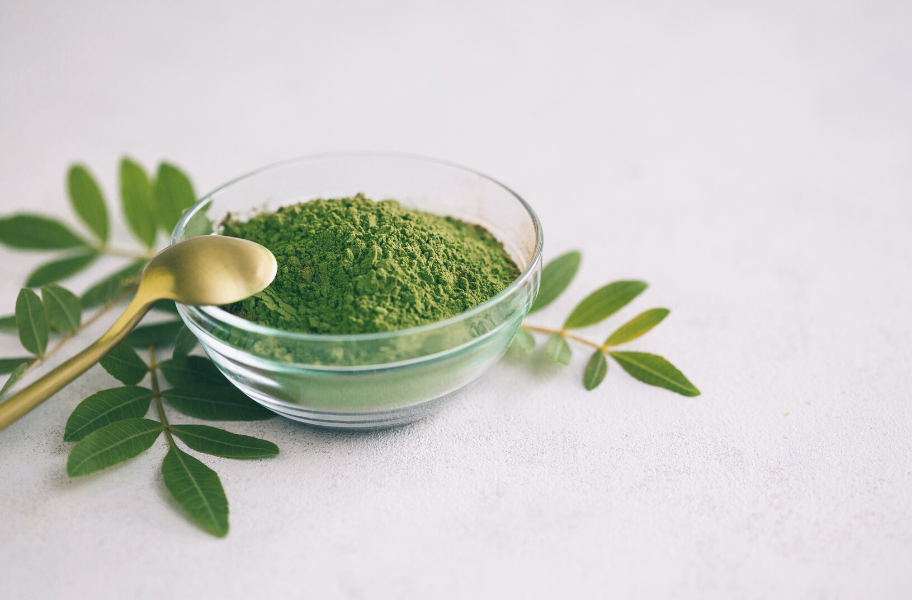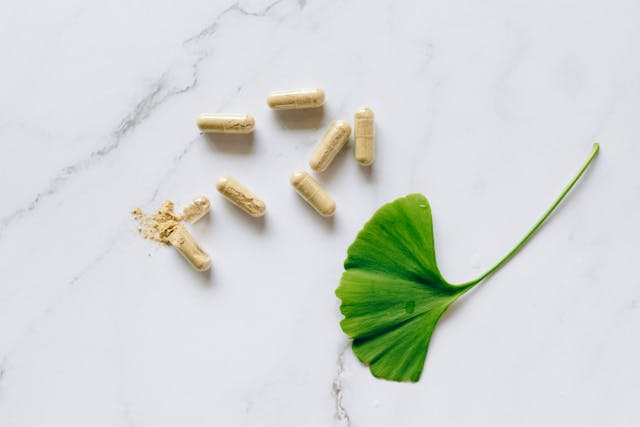*A warm welcome back to Dr. Hung! Dr. Sarah Hung, ND, MSOM, L.ac. is a Naturopathic Doctor and Acupuncturist at Wholehearted Naturopathic and Wellness of Naperville, IL. Her focuses are on functional medicine, nutrition, herbal medicine and traditional Chinese medicine. Her specific interests include women's health, pain, gastrointestinal health, hormones and immune health. She has served as a contributing writer and educator to the Natural Health Research Institute and Fruitful Yield. She practices in-person and via telemedicine.
1. What is the GOLO Diet Plan?
The GOLO diet plan mainly consists of foods that are low on the glycemic index, avoiding dramatic increases of "blood glucose" or sugar after eating a meal. The creators of the diet utilize an online platform that offers diet resources, an online blog and online community support. The website also advocates a supplement product that consists of herbs and nutrients that help support a healthy insulin response to blood sugar after a meal.
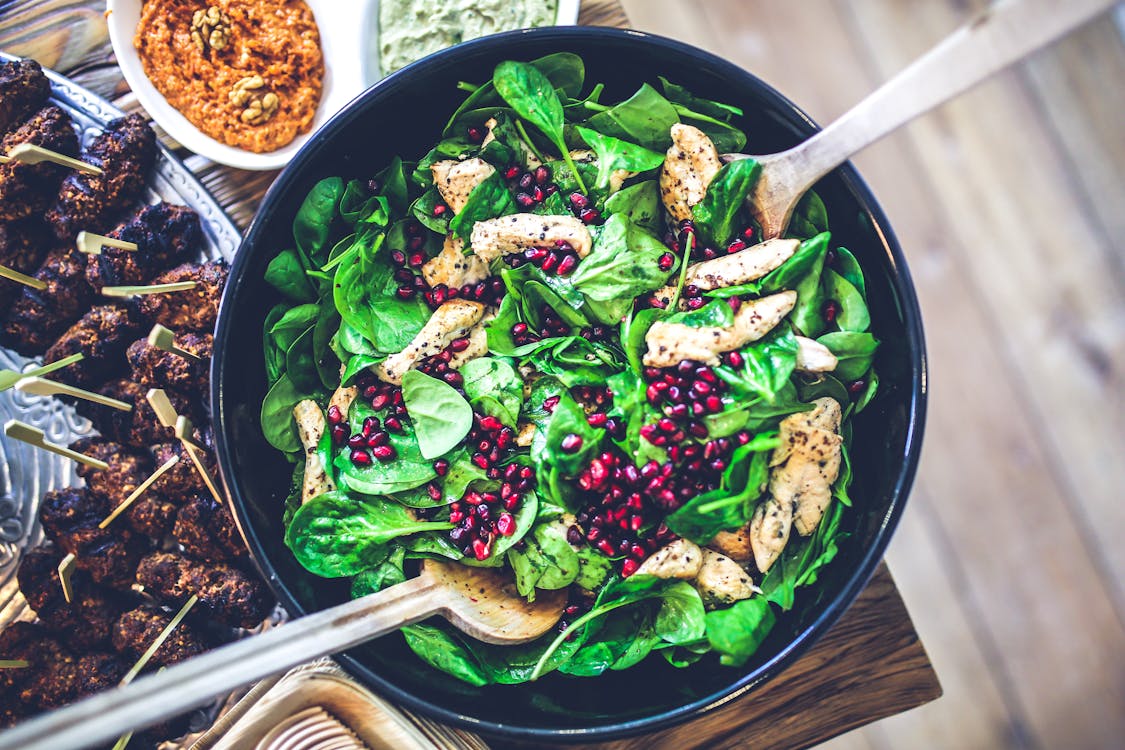
The diet itself focuses on eating the appropriate amount of lean proteins, healthy fats, complex carbs and a variety of fresh fruits and vegetables. Meanwhile, processed foods, red meat, sugary foods, grains, dairy products and artificial sweeteners are avoided. It is believed that, by consuming nutrient-dense foods that do not spike blood glucose, the hunger/cravings associated with other diets can largely be avoided.
One of the main components of the GOLO Diet is the "GOLO Metabolic Fuel Matrix". This means a dieter is allowed choices from four “fuel groups”: proteins, carbs, vegetables and fats. Three meals per day are ideal, with 1–2 standard servings of each fuel group allowed per meal. When exercise occurs, it is factored into the meal plan allowing additional "fit points", aka, the allowance for additional snacks that day. Serving sizes vary greatly, depending on the fuel group they belong to, ranging from one tablespoon of olive oil to three ounces of white meat or fish.
2. What is the Diet Good For?
The regulation of glucose (sugar) in the blood, and the way glucose is used in the body, are related to a variety of the body's systems including the endocrine, immune, cardiovascular and reproductive. Therefore, the GOLO diet is used to address weight gain, hormone imbalances, immune regulation and overall inflammation. Interestingly, weight gain can reflect the health of any or all of these mentioned systems, which may explain GOLO's usefulness as a dietary strategy. The solid nutritional guidelines of eating healthy, antioxidant-rich and unprocessed foods have wide-reaching benefits and can even be helpful for those who are managing diabetes or other insulin-dependent conditions.
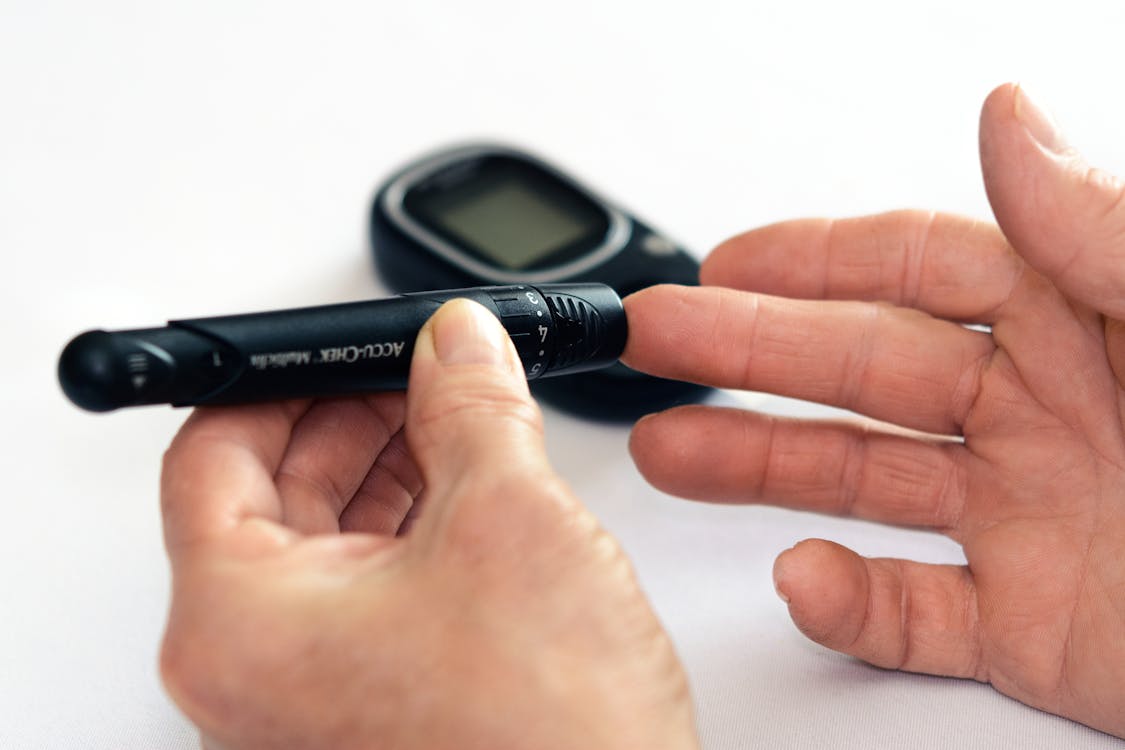
Additionally, several studies have been funded and conducted by the makers of the GOLO Diet and includes one 26-week study in 35 overweight and obese adults. This particular study showed that combining an exercise regimen with the recommended supplement, diet and behavioral changes resulted in an average weight loss of 31 pounds. Another study in 21 people found that those who combined diet and exercise with the recommended supplementation lost a total of 53 pounds over 25 weeks. It should be kept in mind that the studies were not published in peer-reviewed journals, and carry the risk of bias as a result of being conducted by the diet creators.
3. Is the Diet Safe?
Generally, the GOLO diet is safe. However, a "one size fits all" approach to nutrition is not for everyone. Meeting with a dietary consultant, functional nutrition provider, or holistic healthcare provider may be helpful to determine any foods you should continue to eat while dieting--or additional foods you should avoid.
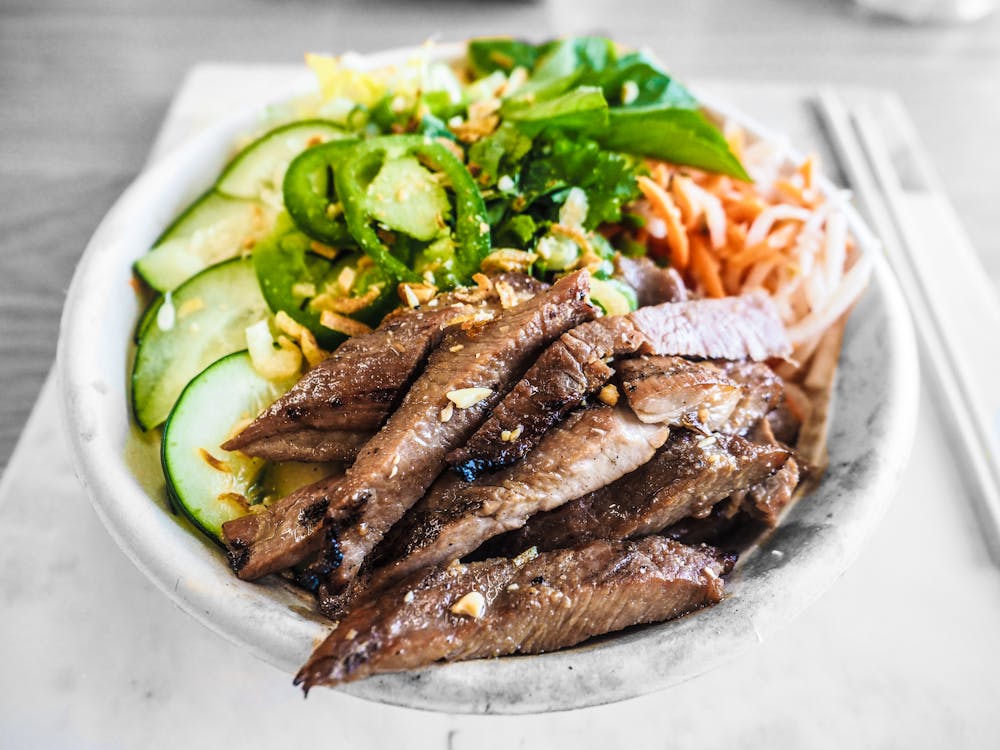 As an example, organic, grass-fed beef may be a useful, occasional addition for someone who has a history of iron deficiency. Whereas, someone experiencing high cholesterol or heart issues may require other adjustments. Likewise, avoiding grains long-term may result in nutritional deficiencies such as B vitamins, fiber and magnesium. The addition of the glucose regulating-supplement recommended with the GOLO program may be unfit for some individuals, particularly if they are already being managed for diabetes or other glucose-regulation issues. Thus, as always it is best to consult a medical provider before starting any new diet or supplement regime.
As an example, organic, grass-fed beef may be a useful, occasional addition for someone who has a history of iron deficiency. Whereas, someone experiencing high cholesterol or heart issues may require other adjustments. Likewise, avoiding grains long-term may result in nutritional deficiencies such as B vitamins, fiber and magnesium. The addition of the glucose regulating-supplement recommended with the GOLO program may be unfit for some individuals, particularly if they are already being managed for diabetes or other glucose-regulation issues. Thus, as always it is best to consult a medical provider before starting any new diet or supplement regime.
4. Is it expensive to be on?
Costs from the GOLO diet certainly can add up, as the recommended supplement costs $38 dollars for a 1-3 month supply. Additionally, in order to know what you would eat during a typical day or what calorie recommendations look like, you would have to purchase their official diet plan, which come with prices ranging from $49.95 to $99.99.
5. What advice would you give to someone considering this diet?
The GOLO diet is a "one size fits all" approach to a condition that can be incredibly complex. On the other hand, some of its benefits include a regimented plan, accountability for portion sizes and online support. Additionally, following a low glycemic index diet that is nutritionally dense is likely to be beneficial. However, similar results may be seen with other dietary interventions such as the Mediterranean diet, flexitarian diet, DASH diet or by simply consuming high quality proteins, fats and antioxidant rich fruits and vegetables while being conscious of portion sizes.
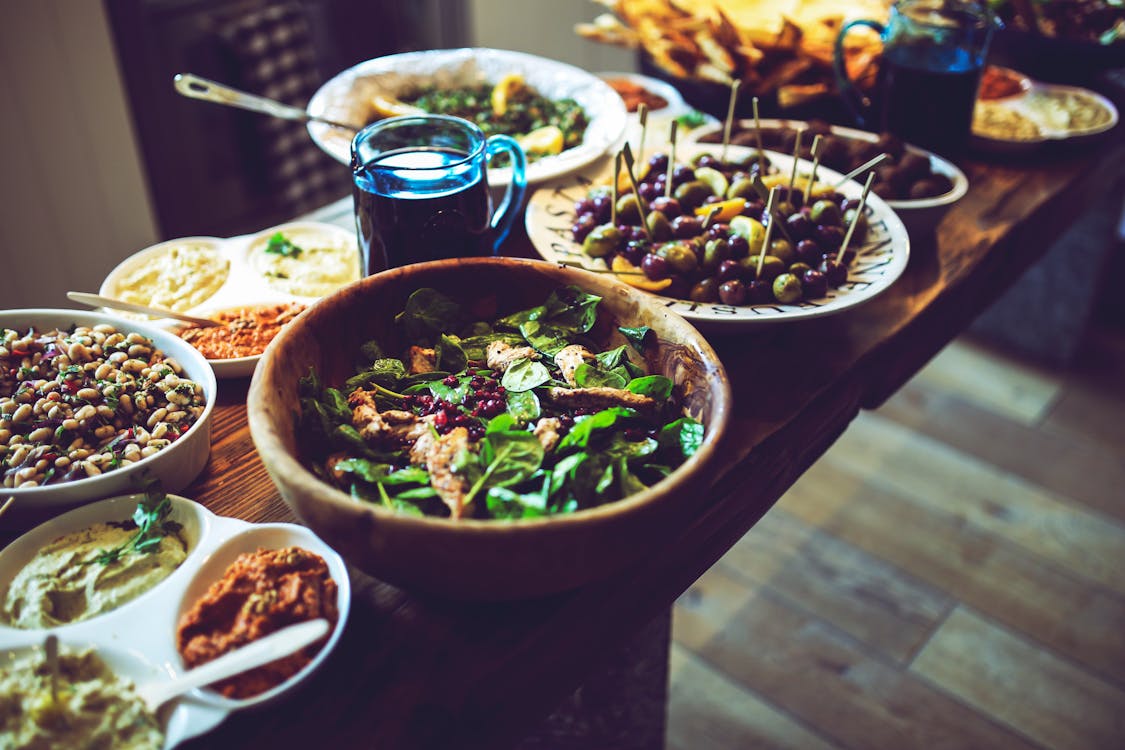 In regard to weight loss supplementation, I would recommend some of the products at the Fruitful Yield as an alternative--they tend to be available at lower costs than the recommended GOLO supplement, while not compromising on quality of ingredients. Lastly, seeing a qualified functional medicine provider can help you determine a comprehensive, individualized food plan, considering not just your health goals and symptoms, but taking your entire picture of health into consideration!
In regard to weight loss supplementation, I would recommend some of the products at the Fruitful Yield as an alternative--they tend to be available at lower costs than the recommended GOLO supplement, while not compromising on quality of ingredients. Lastly, seeing a qualified functional medicine provider can help you determine a comprehensive, individualized food plan, considering not just your health goals and symptoms, but taking your entire picture of health into consideration!
*These statements have not been evaluated by the Food and Drug Administration. These products are not intended to diagnose, treat, cure or prevent any disease. Talk to your doctor before starting any new diet or exercise regimen.
Sources:
https://www.healthline.com/nutrition/golo-diet-review#downsides
https://www.prevention.com/weight-loss/diets/a30211399/golo-diet-for-weight-loss/



